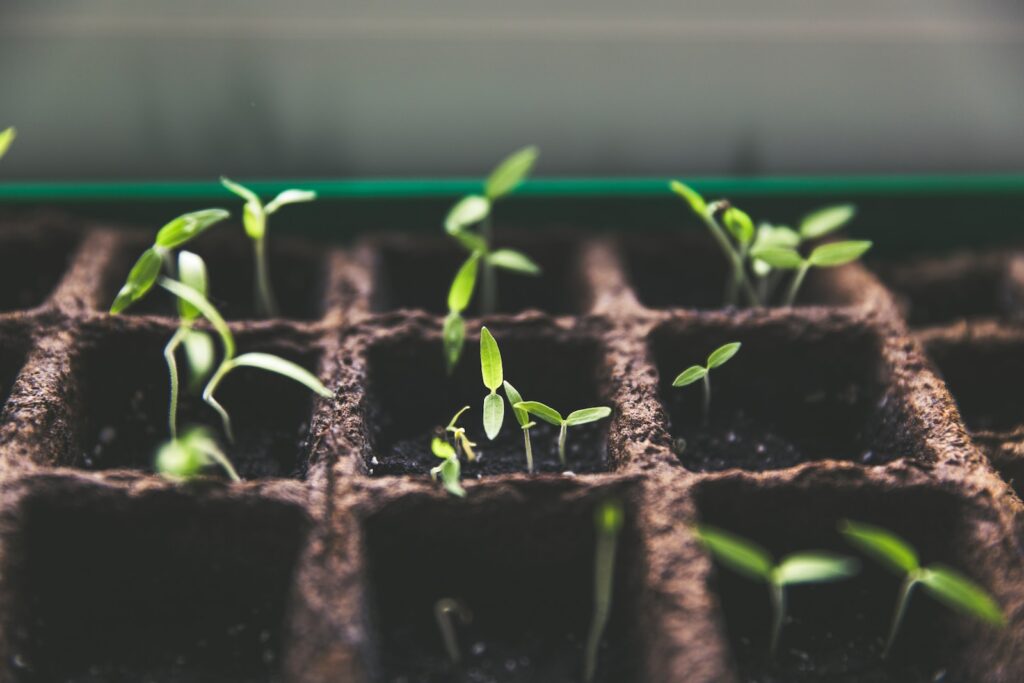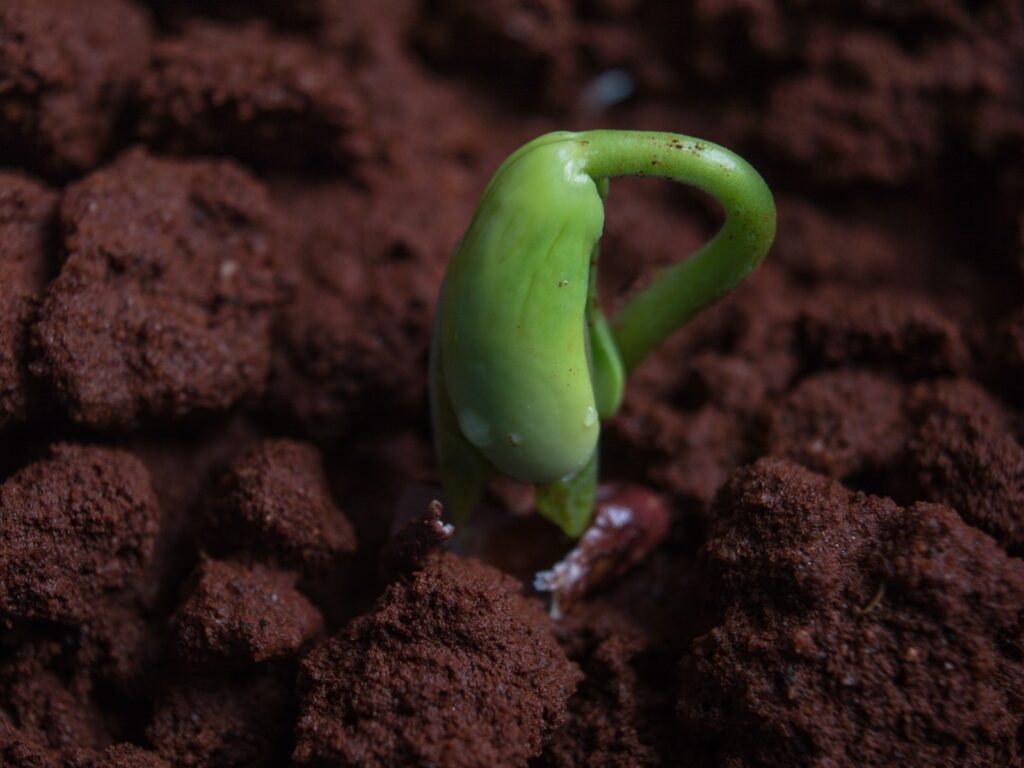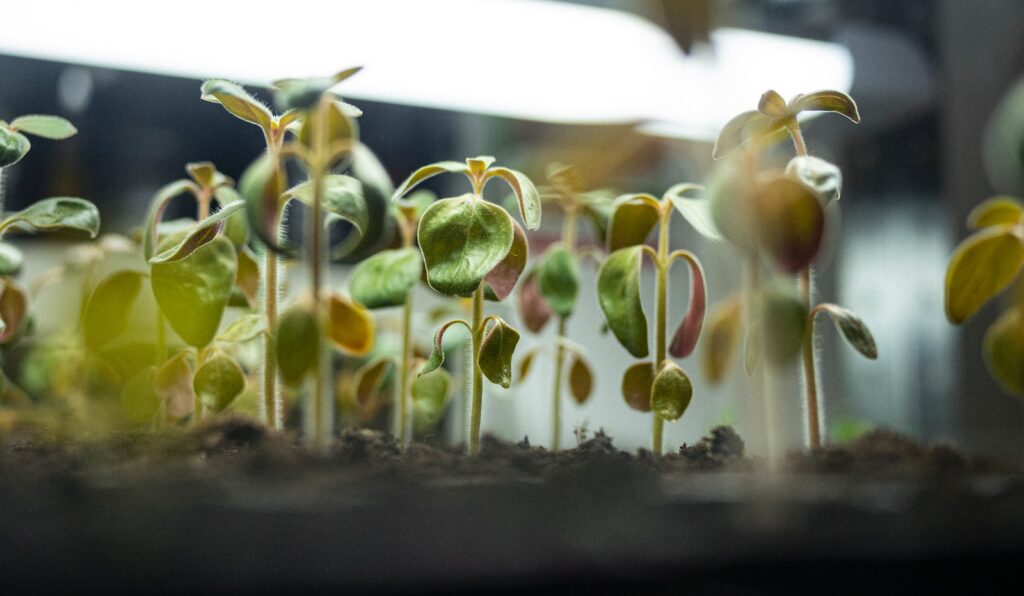Hydroponic gardening is becoming an increasingly popular way to grow vegetables in a controlled environment. Hydroponic beets are a great way to grow your own beets without the need for a soil-based garden. Hydroponic beets can be grown indoors or outdoors and are relatively easy to maintain. With the right setup, you can enjoy a full harvest of beets in no time.
In this article, we’ll discuss how to grow hydroponic beets, the different types of systems available, and the necessary supplies and equipment to get started.
How to Grow Hydroponic Beets
Growing hydroponic beets is an easy and efficient way to grow beets. To start, you’ll need to buy a hydroponic system, preferably one that is specifically designed for growing root vegetables. Next, fill the hydroponic system with a nutrient-rich water solution and place the beets in the system. Make sure to keep the roots submerged in the nutrient solution at all times. The temperature and pH of the nutrient solution should be closely monitored and adjusted as needed. You should also make sure to keep the system well-ventilated and to check it frequently for any signs of pests or disease. Once the beets have grown to their desired size, harvest them and enjoy!
- Purchase beets seeds and hydroponic growing media such as rockwool, peat moss, or vermiculite.
- Prepare the hydroponic system according to the manufacturer’s instructions.
- Fill the system with water and add a nutrient solution to provide the beets with the necessary nutrients.
- Plant one or two seeds per rockwool cube or peat pot and place them in the hydroponic system.
- Maintain a temperature of 70-80 degrees Fahrenheit and provide the beets with adequate lighting.
- Monitor the pH levels of the nutrient solution and adjust as necessary.
- Add additional nutrient solution as needed to keep the beets nourished.
- Harvest the beets when they are fully developed.
It is also important to provide adequate light to the beets while they are growing. For best results, use a high-quality LED grow light that provides the right spectrum and intensity of light. Be sure to keep the light on for at least 12 hours per day and adjust the height of the light as the beets grow. Regularly check the nutrient solution to ensure that it is still providing adequate nutrition to the beets. Be sure to remove any dead or decaying leaves from the system, as this can cause the nutrient solution to become contaminated. With proper care and attention, you should be able to successfully grow hydroponic beets that are healthy and delicious!

Types of Hydroponic Systems
The first step to growing hydroponic beets is to select the right type of hydroponic system. There are three main types of hydroponic systems: deep water culture (DWC), nutrient film technique (NFT), and ebb and flow.
Deep Water Culture (DWC)
Deep water culture is a hydroponic system in which the plants are suspended in a nutrient-rich solution. The plants are supported by a styrofoam raft and are constantly submerged in the solution, allowing their roots to absorb oxygen and nutrients. This is a great system for beginners, as it is easy to maintain and requires minimal equipment.
Nutrient Film Technique (NFT)
Nutrient film technique is a type of hydroponic system in which the plants are suspended above a nutrient-rich solution in a trough or tube. The solution flows over the plants’ roots, providing them with the oxygen and nutrients they need to grow. This is a great system for those looking for an efficient way to maximize crop yield.
Ebb and Flow
Ebb and flow systems are a type of hydroponic system in which the plants are suspended in a tray filled with a nutrient-rich solution. The solution is periodically pumped into the tray and then allowed to drain back out, providing the plants with the oxygen and nutrients they need to grow. This system is great for large scale operations as it can easily accommodate multiple trays.
Supplies and Equipment

Once you have selected the type of hydroponic system you would like to use, you will need to gather the necessary supplies and equipment. The supplies and equipment required to grow hydroponic beets include the following:
Grow Lights
Grow lights are essential for growing hydroponic beets indoors. These lights provide the plants with the light they need to grow, and can be adjusted to provide the right spectrum of light for optimal growth.
Nutrients
Nutrients are essential for hydroponic gardening as they provide the plants with the essential elements they need to grow and thrive. Be sure to use a nutrient solution specifically designed for hydroponic gardening.
pH Meter
A pH meter is an essential tool for hydroponic gardening. The pH level of the nutrient solution needs to be monitored and adjusted to ensure it is within the optimal range for plant growth.
Air Pump
An air pump is essential for deep water culture systems as it provides the plants with the oxygen they need to grow.
Water Heater
A water heater is essential for deep water culture systems as it helps to keep the nutrient solution at the optimal temperature for plant growth.
Timer
A timer is essential for ebb and flow systems, as it allows you to control when the nutrient solution is pumped into the tray.
Planting Beets
Now that you have all the necessary supplies and equipment, you are ready to start planting beets. Beets can be planted in either seed form or beet seedlings.
Seed Form
When planting beets in seed form, it is important to use a peat-based seed starting mix. The mix should be moistened and then the seeds should be planted about one inch apart and covered with a thin layer of peat moss or vermiculite.
Seedlings
Beet seedlings can be purchased from most garden centers and should be planted in a nutrient-rich solution. Be sure to follow the instructions provided by the seedling supplier.
Maintaining Your Hydroponic System

Once you have planted your beets, you will need to maintain your hydroponic system to ensure a successful harvest. This includes monitoring the pH and nutrient levels of the solution, ensuring the plants are receiving enough light, and ensuring the temperature of the solution is within the optimal range for plant growth.
Harvesting Beets
Beets are ready to be harvested when they are the desired size. Harvesting beets can be done by gently pulling them from the hydroponic system.
Conclusion
Growing hydroponic beets is a great way to enjoy a home-grown harvest without the need for a soil-based garden. With the right supplies and equipment, and a little bit of maintenance, you can enjoy a successful harvest of beets in no time.
write more
Troubleshooting
Despite your best efforts, you may encounter problems while growing hydroponic beets. Common problems include nutrient deficiencies, pests, and disease.
Nutrient Deficiencies
Nutrient deficiencies can be caused by an imbalance in the nutrient solution. If you notice signs of nutrient deficiency, such as yellowing leaves or stunted growth, you will need to adjust the nutrient solution to rectify the problem.
Pests
Pests can be a problem when growing hydroponic beets. Common pests include aphids, spider mites, and whiteflies. If you notice signs of pests, you will need to take steps to control the infestation.
Disease
Disease can be a problem when growing hydroponic beets. Common diseases include powdery mildew and root rot. If you notice signs of disease, you will need to take steps to treat the problem.
Tips for Success

Growing hydroponic beets can be rewarding, but there are a few tips to keep in mind to ensure success:
Monitor Nutrient Levels
It is important to monitor the nutrient levels of the solution to ensure the plants are receiving the nutrients they need.
Provide Adequate Light
Be sure that the plants are receiving adequate light for optimal growth.
Maintain Temperature
It is important to maintain the temperature of the solution within the optimal range for plant growth.
Start with Healthy Seedlings
When planting beets, it is important to start with healthy seedlings to ensure a successful harvest.
Conclusion
Growing hydroponic beets is a great way to enjoy a home-grown harvest without the need for a soil-based garden. With the right supplies and equipment, and a little bit of maintenance, you can enjoy a successful harvest of beets in no time. Just be sure to monitor the nutrient levels, provide adequate light, maintain the temperature, and start with healthy seedlings to ensure success.
